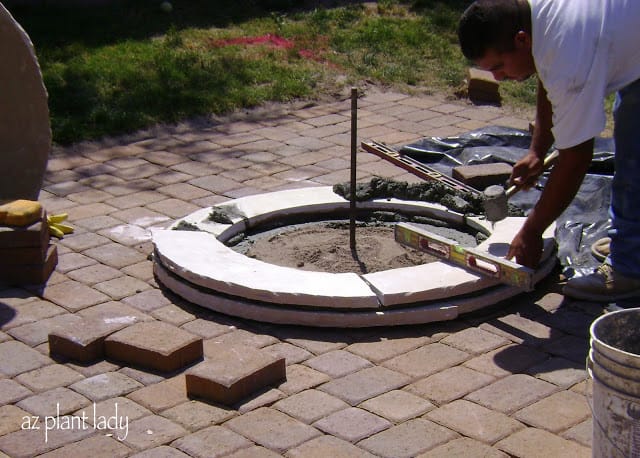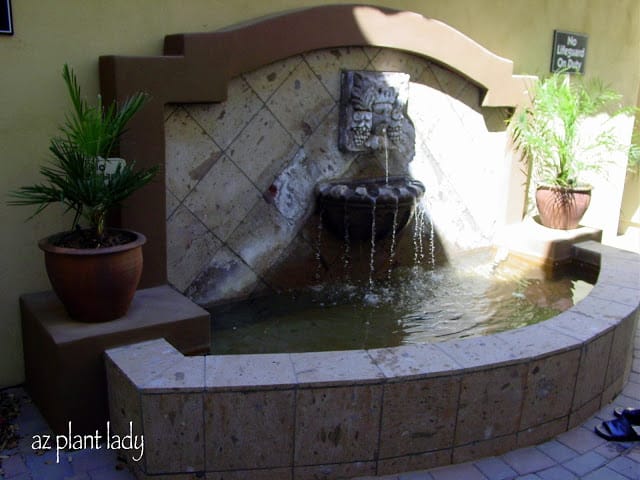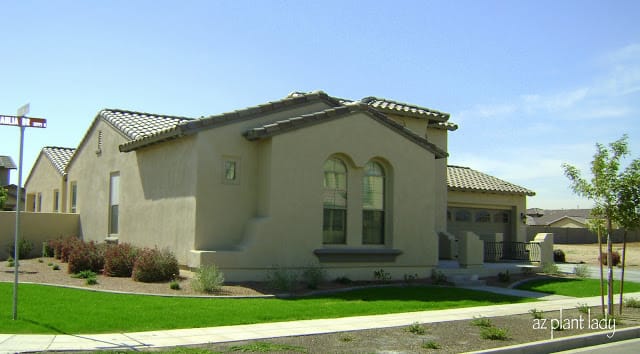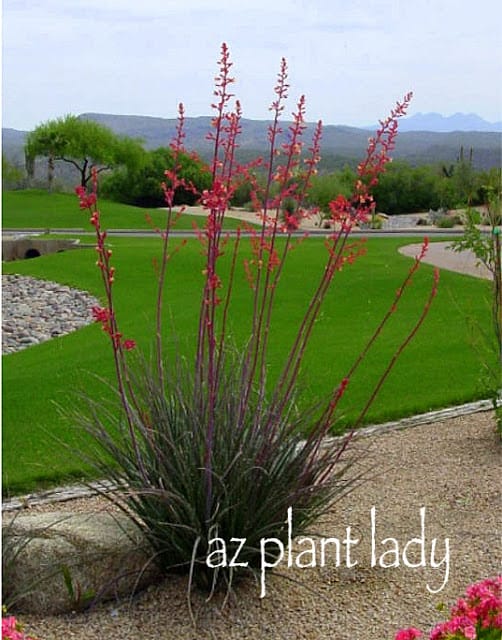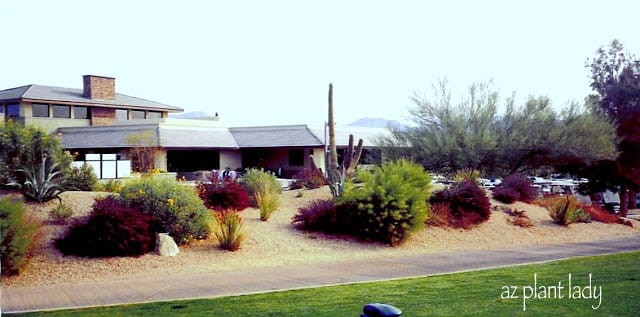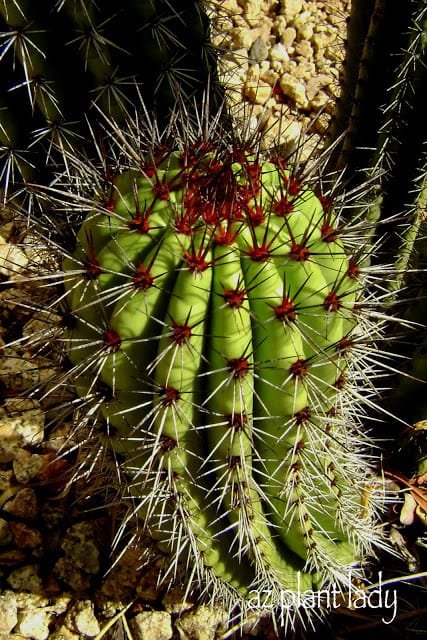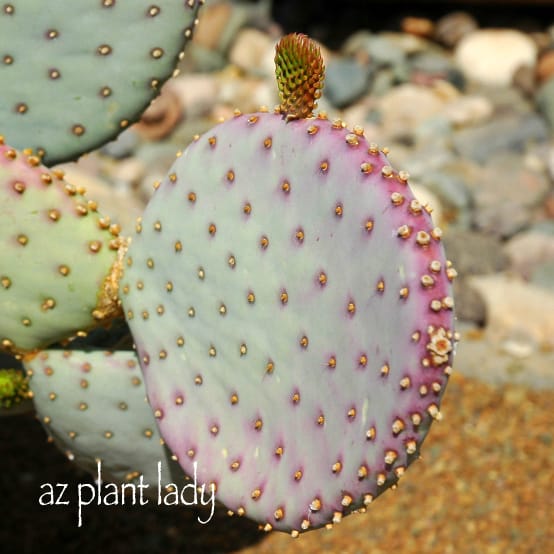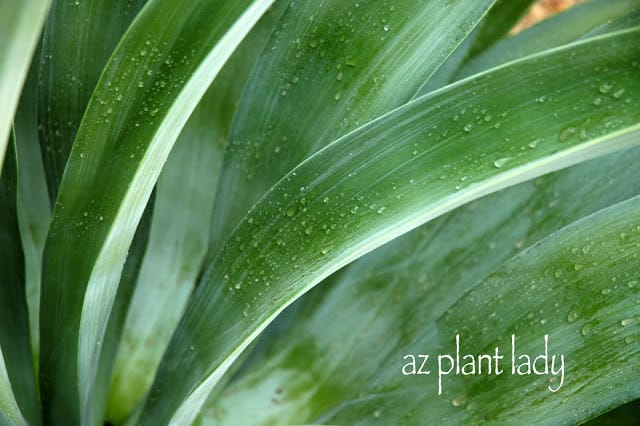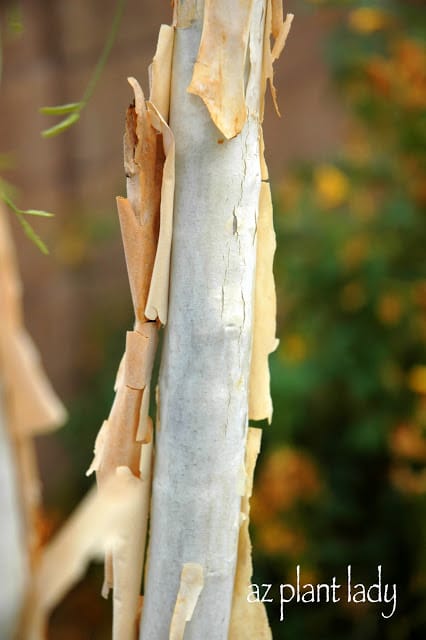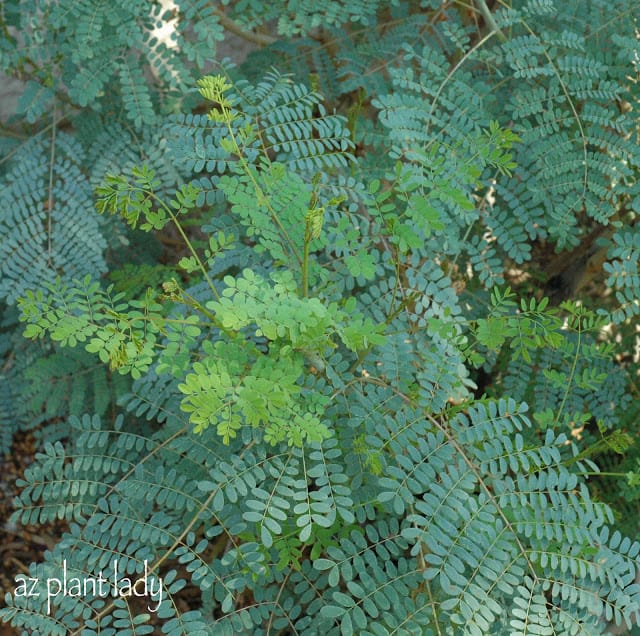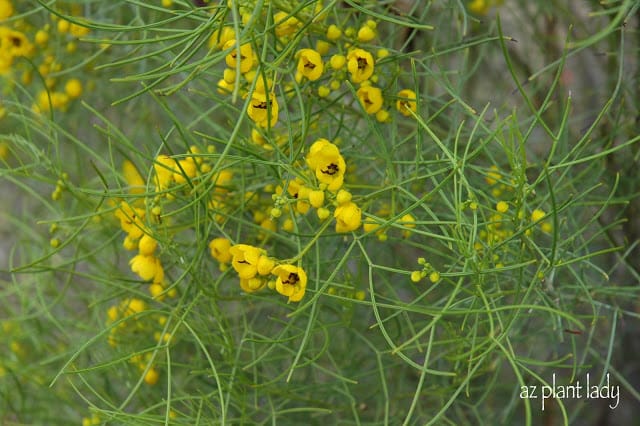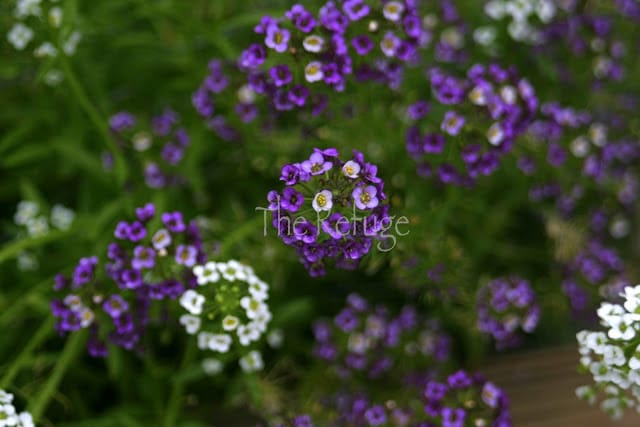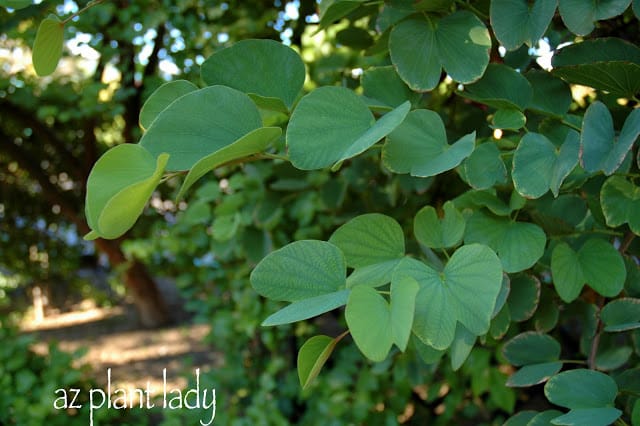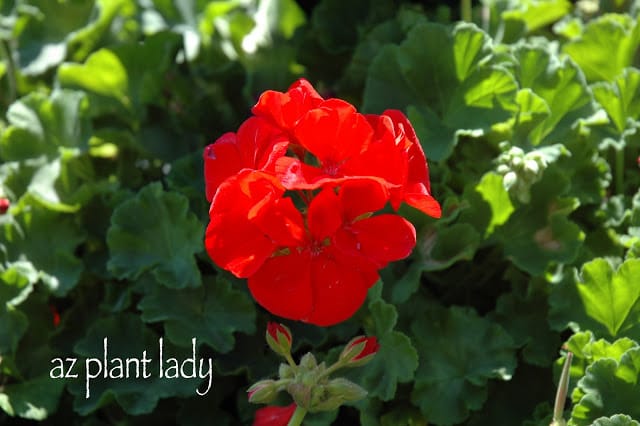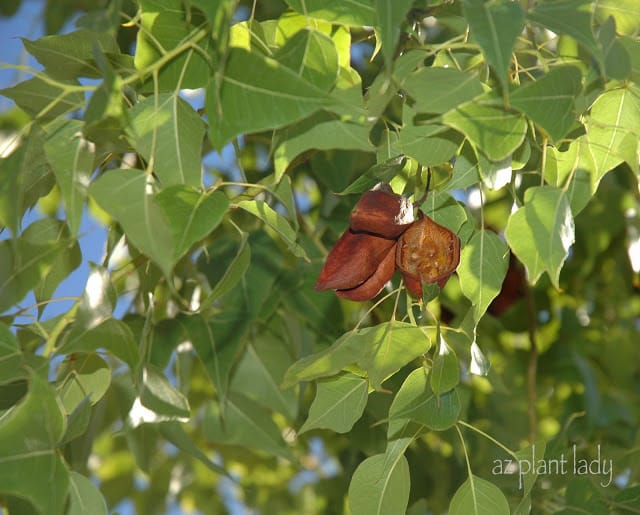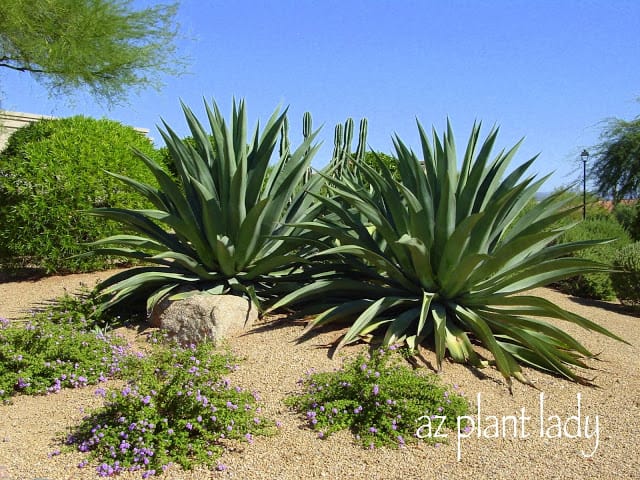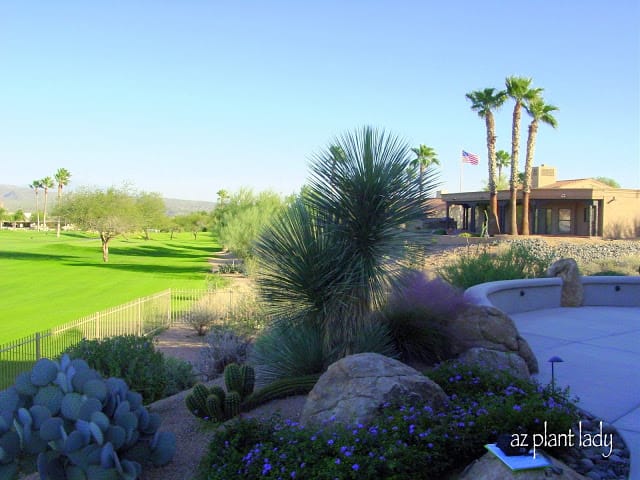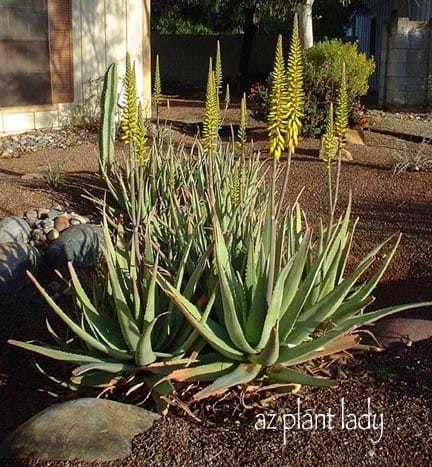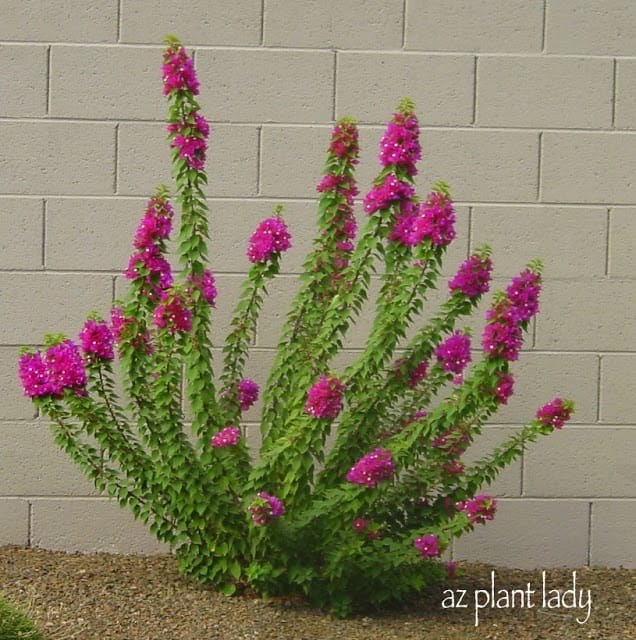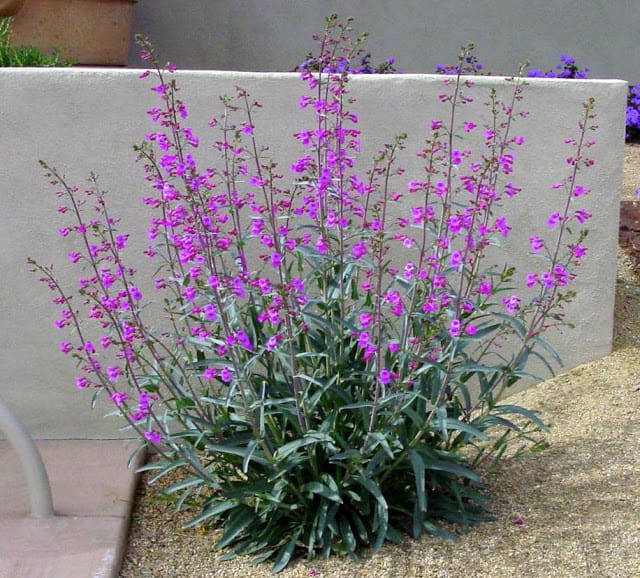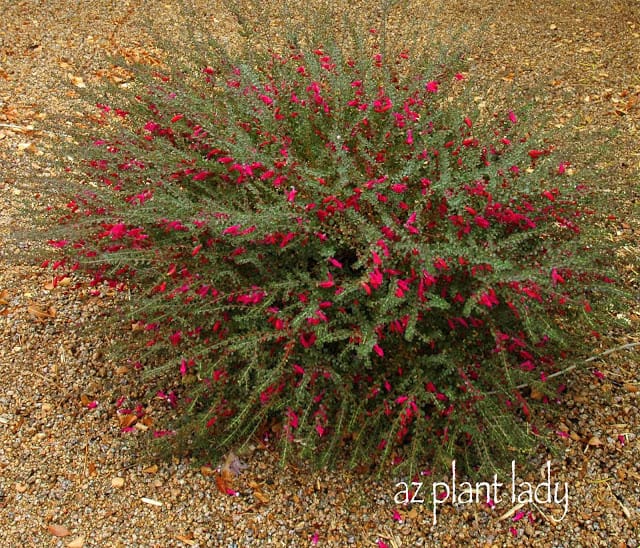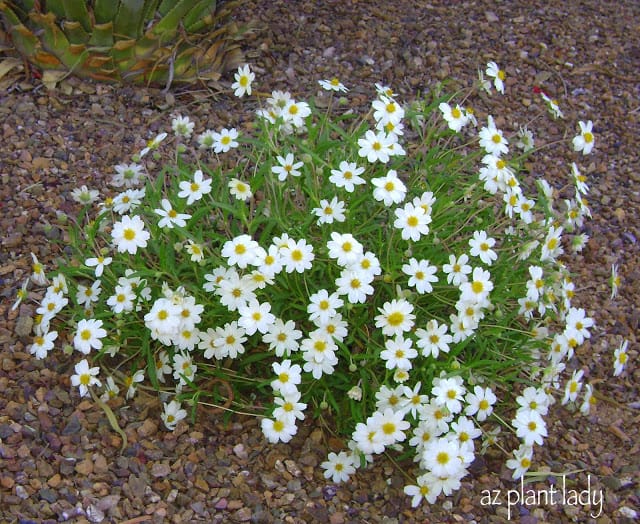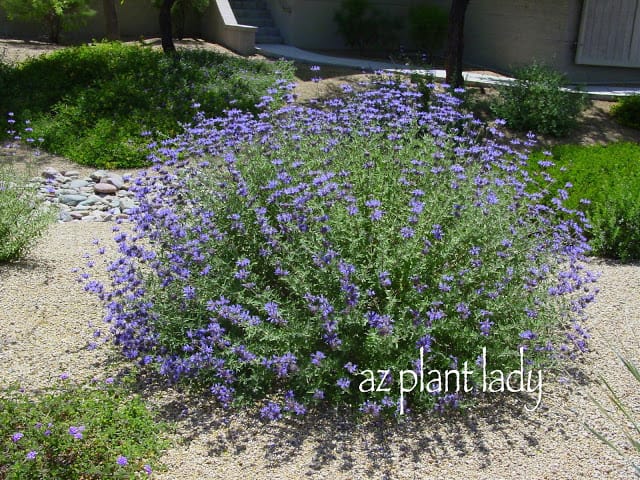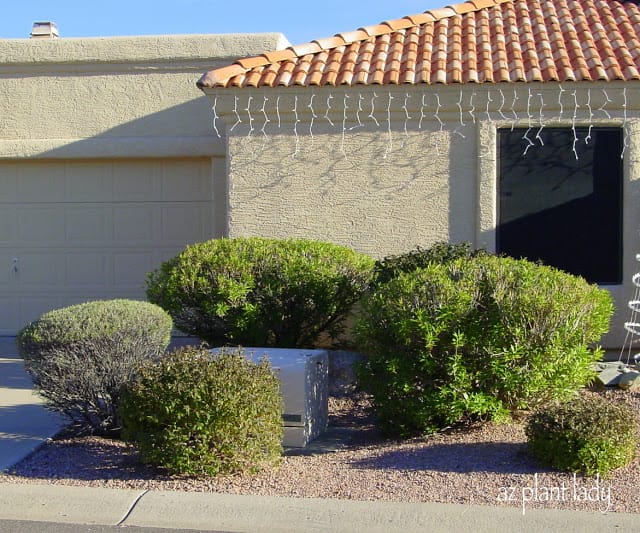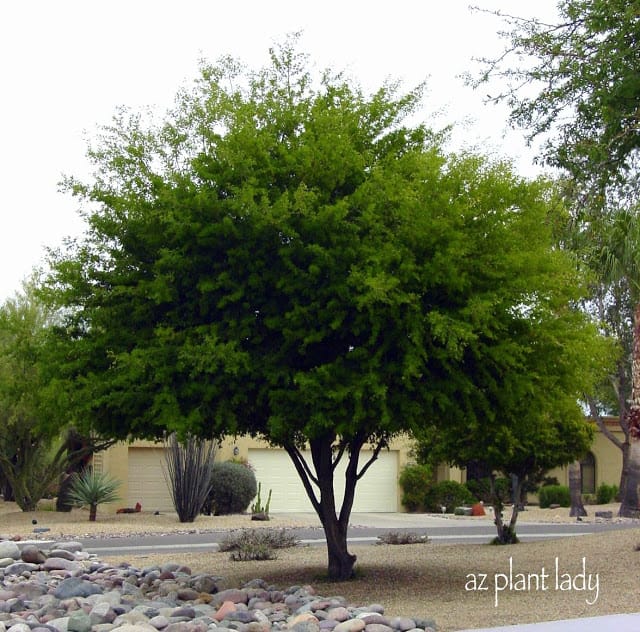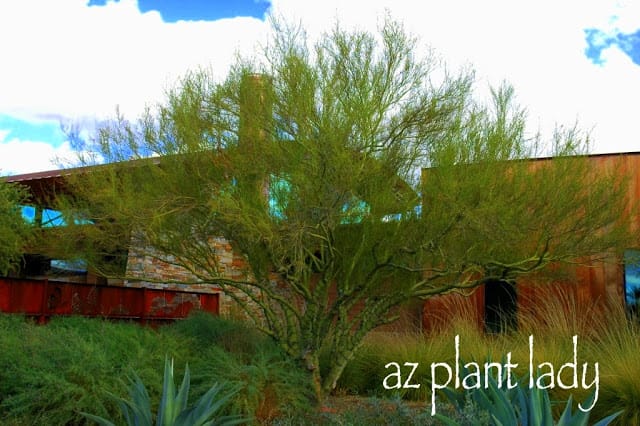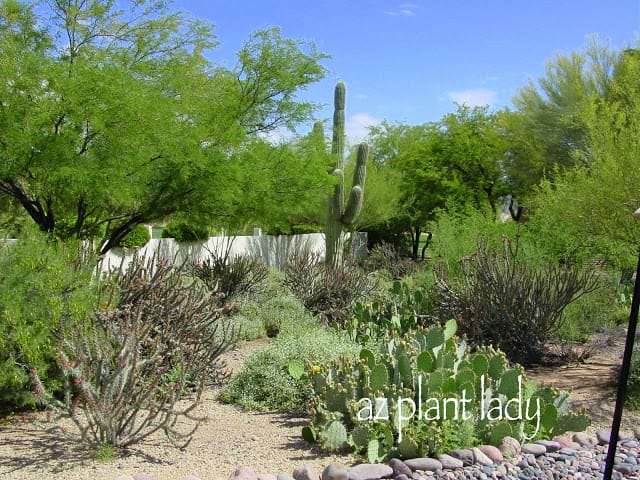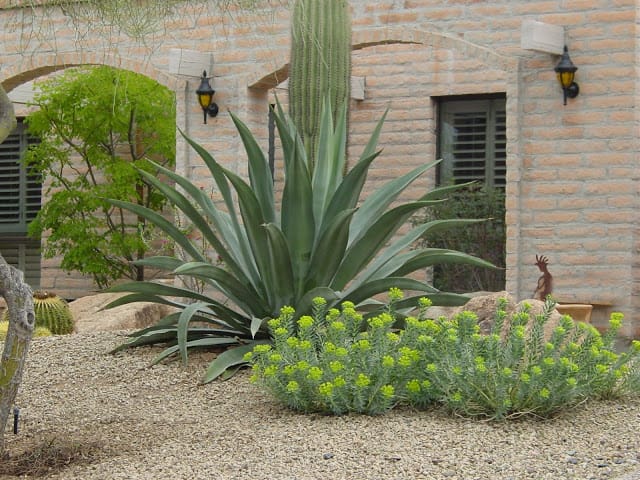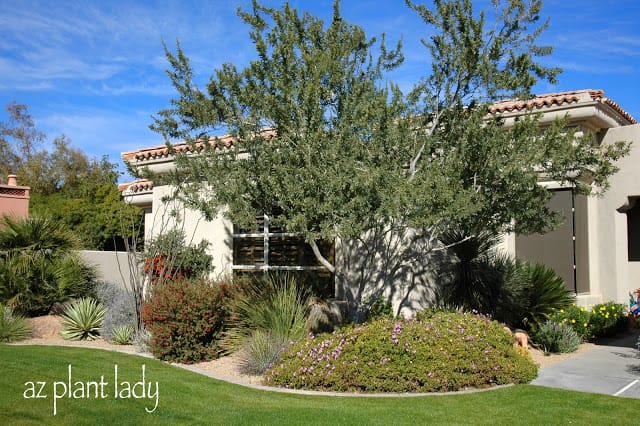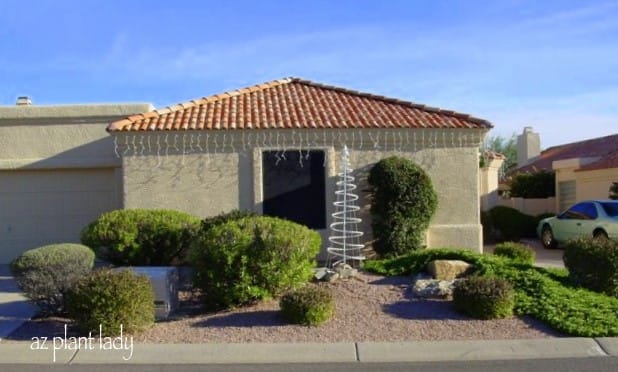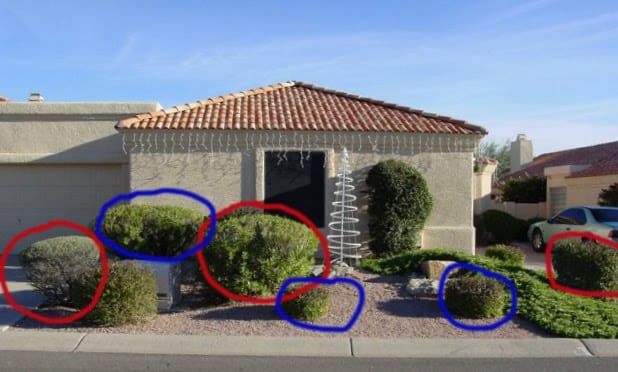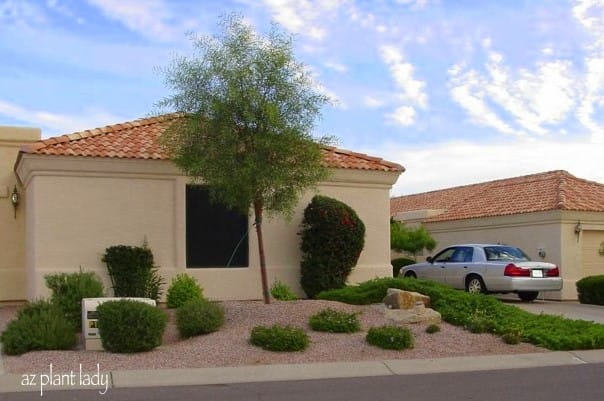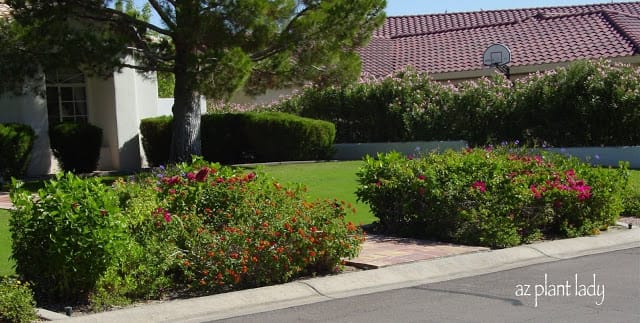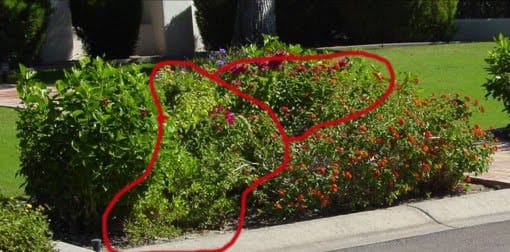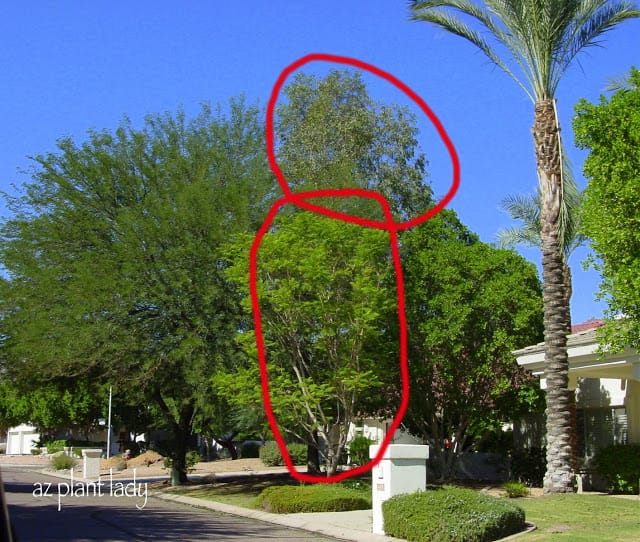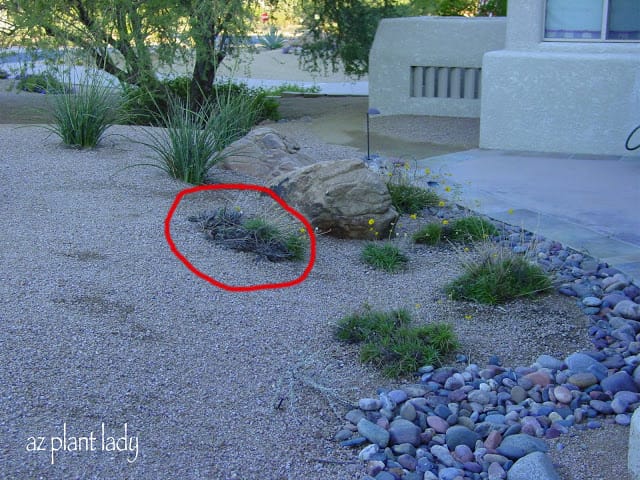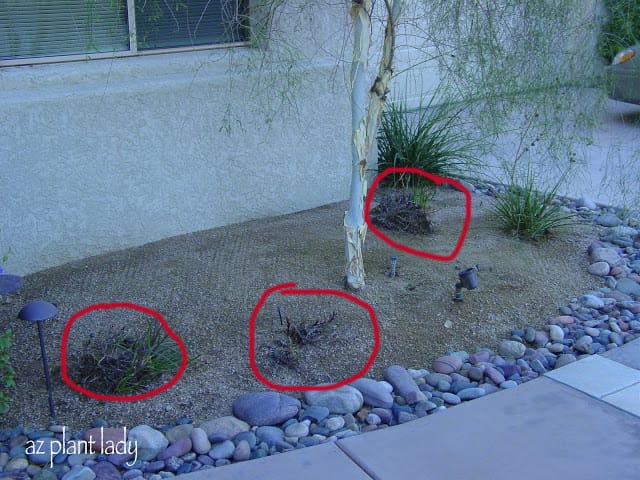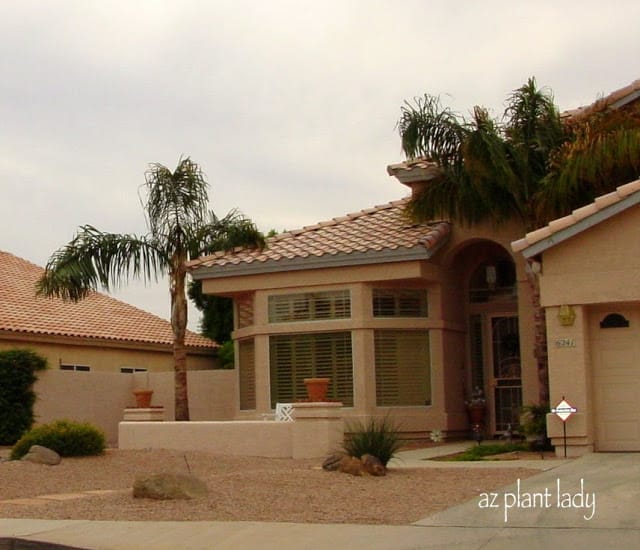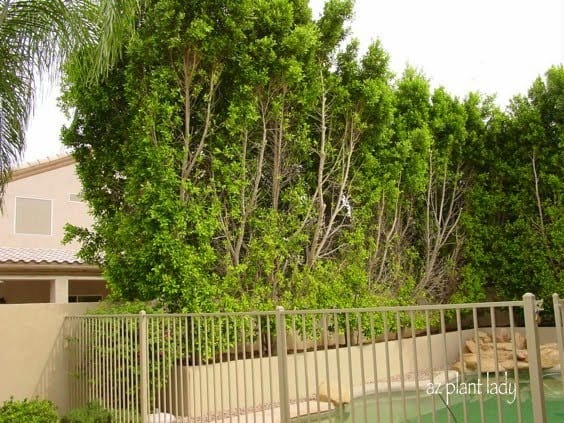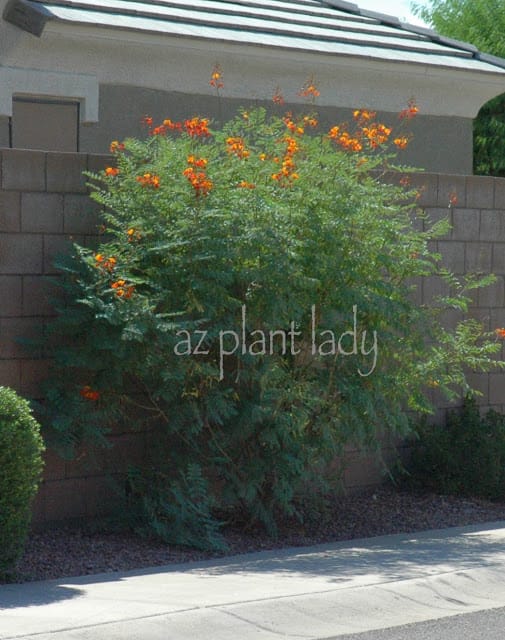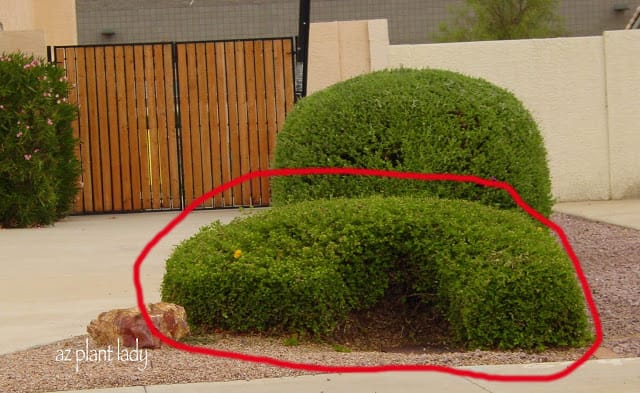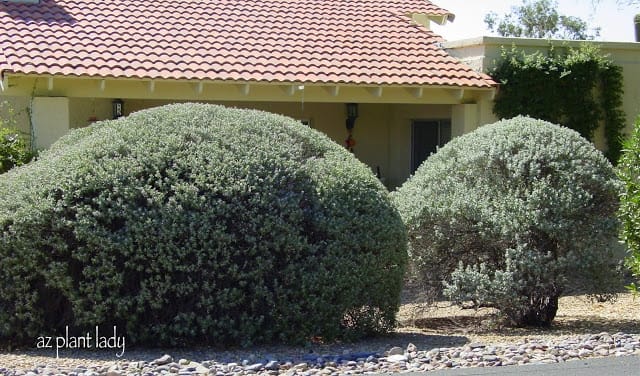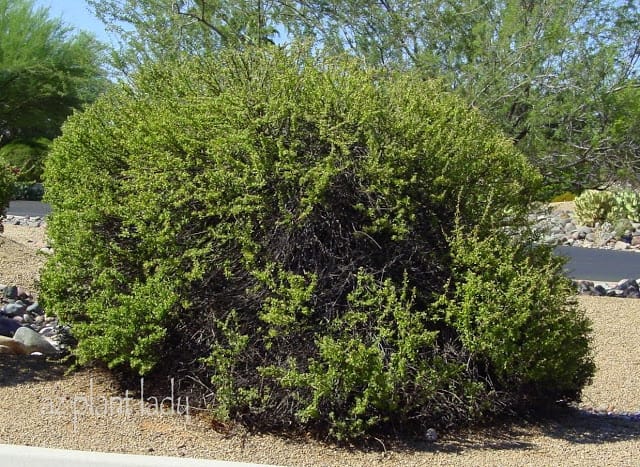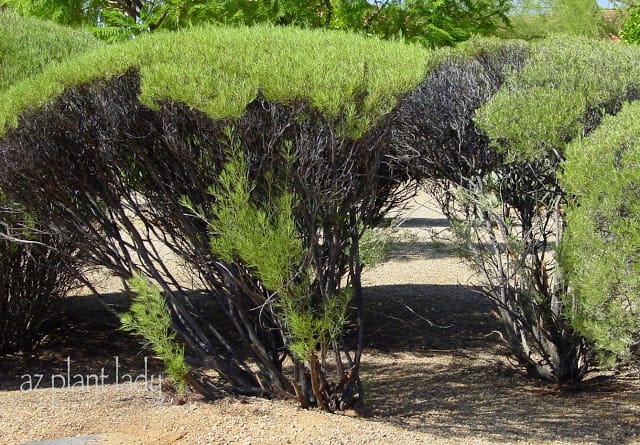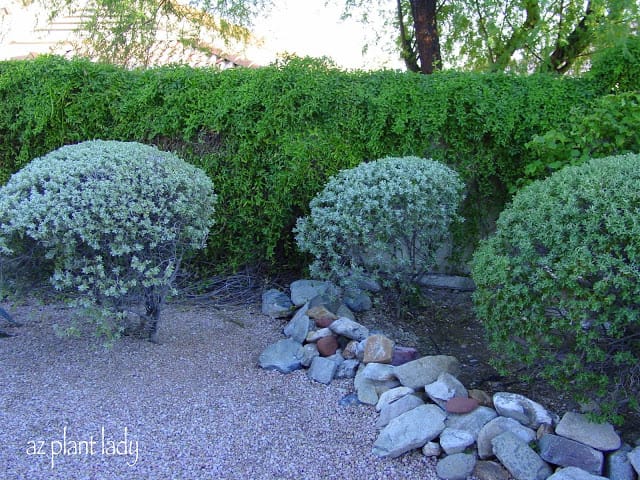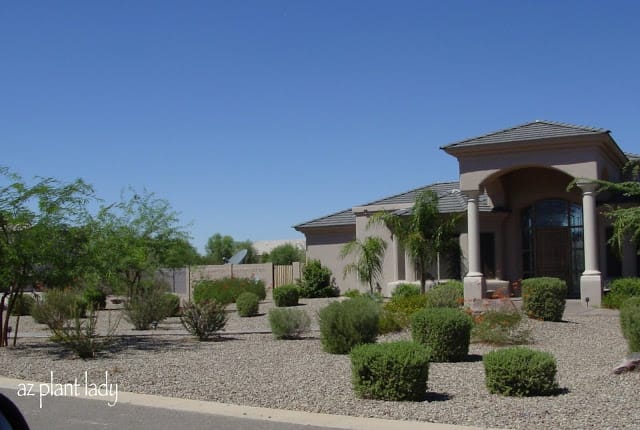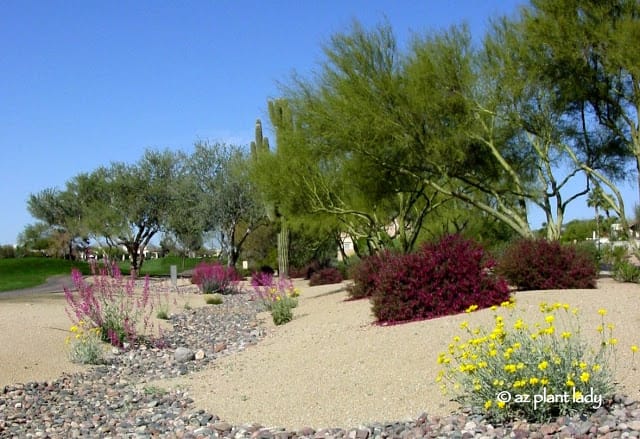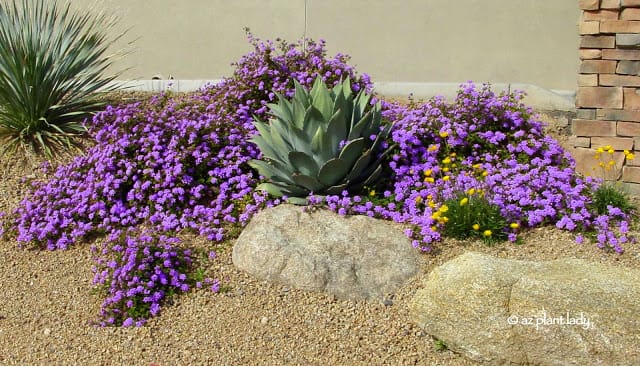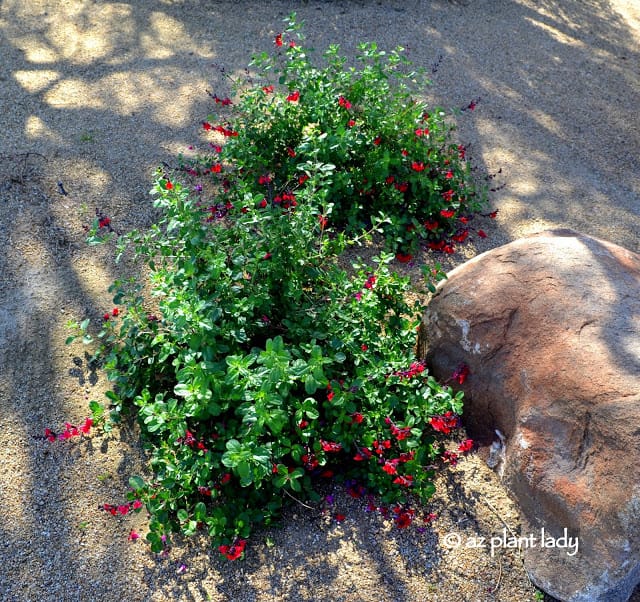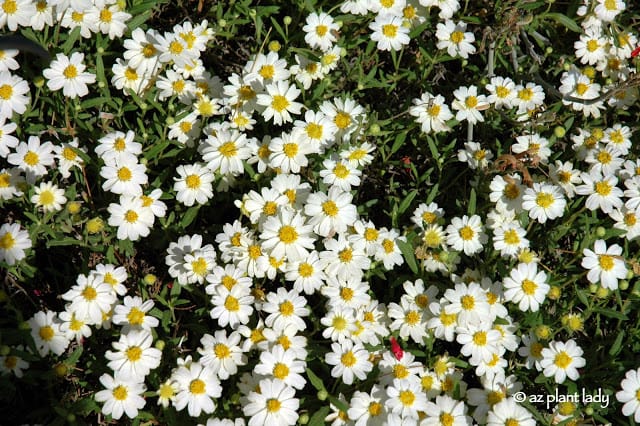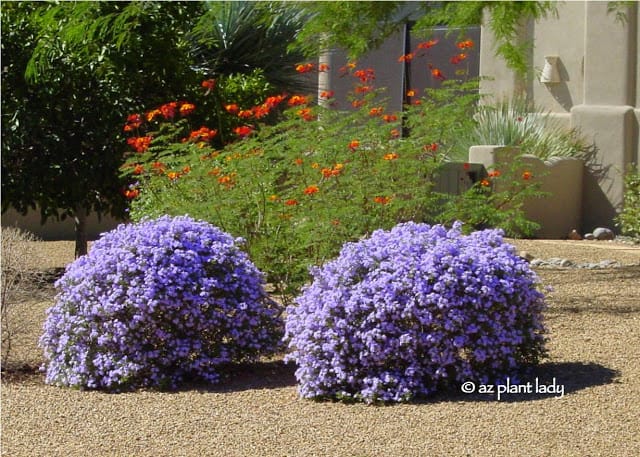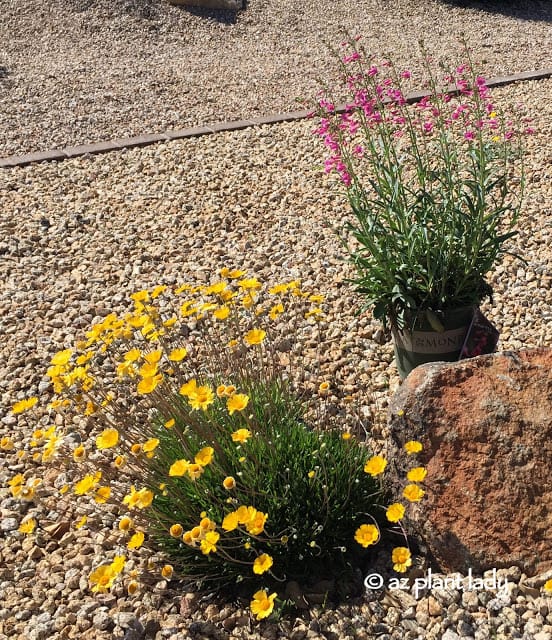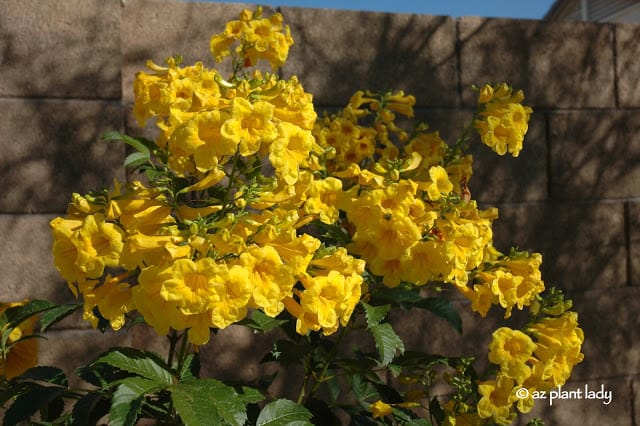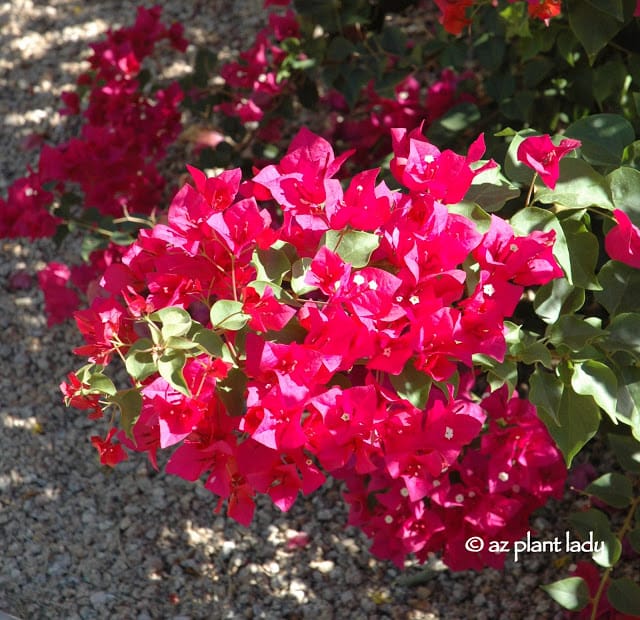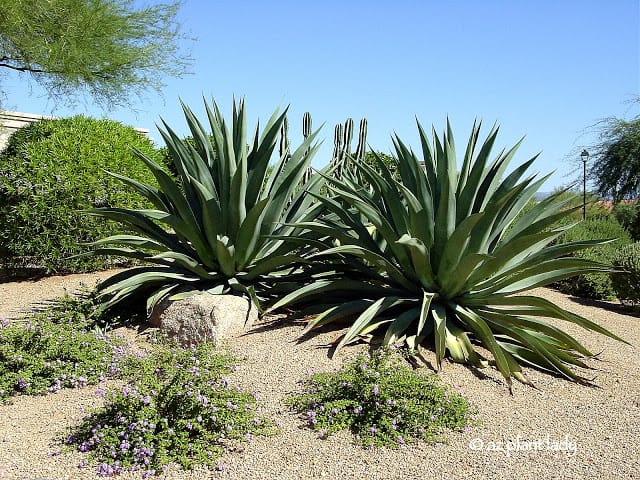First of all, I would like to thank you all for bearing with me as I have taken a trip down memory lane recalling my adventures as a landscape designer. Your comments have been so much fun to read.
Some of you may be wondering if I am still a landscape designer. Well the answer is both yes and no. I no longer work only as a landscape designer. But, my work as a horticulturist does involve some design work from time to time which I love.
Why am I no longer working only as a landscape designer? Well, there are a few different reasons.
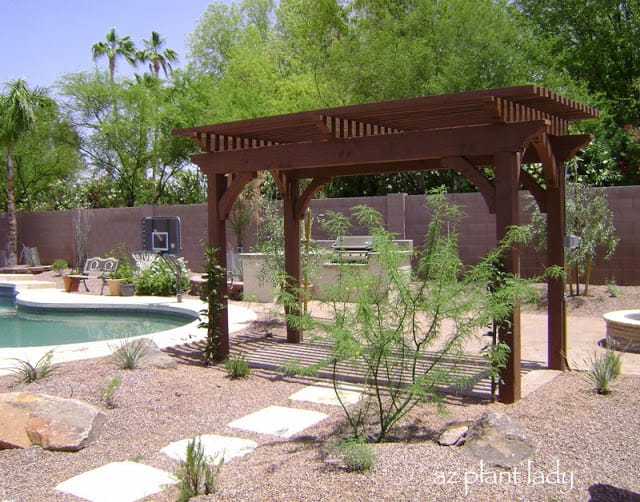
First of all, I did enjoy parts of my job, including meeting with so many different people and helping them to realize their goals for their landscapes.
I loved seeing the successful completion of a job.
And lastly, my fancy office with the black granite desk.
I know, you are tired of hearing about my fancy desk by now 😉
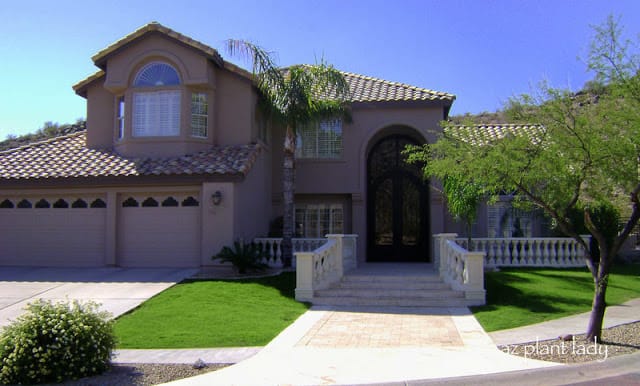
Now there were some aspects of the job that I really did not enjoy.
The first part was the emphasis on selling. Now I have nothing against the sales industry. But I found out that sales is not my strong point. Ironically I did sell quite a lot, but that was largely because of my passion of beautiful gardens. But, I do not like it when a salesperson tries to do a hard sell with me and I definitely did not like the emphasis placed on that in the company. Besides, I was not good at it, so I rarely attempted it.
Secondly, hardscapes were highly prized by the company. Now hardscapes are those items such as patios, built-in BBQ’s, seatwalls, firepits and fireplaces, just to name a few. Sometimes, trees and plants never entered the equation. I have nothing against hardscape, but I preferred gardens full of plants with just a few hardscape elements.
Thirdly, I would spend a lot of time working with a client, producing a landscape design, only to have them cancel later and have nothing to show for my effort.
Lastly, the recession hit and the home builder I worked for declared bankruptcy and eventually went out of business. And so in one year, I had created over 200 designs and only 50 would ever be completed and so hours of work was wasted and I would not see any money from them.
So, by this point in my career, I was at a crossroads. I was very burned out by the amount of time and effort my job required and I had very little to show for it at the end.
So, I took off a year from working. I am embarrassed to admit that even my passion for plants was affected. I did the minimum in my garden, but did not receive any joy from it.
About one year afterward, I began to feel my interest in my garden begin to return. And so, I started my blog, which I have enjoyed so much.
At that time, I began working as a horticulturist again, but with myself as the boss. Now, I work quite a bit as a garden writer, speaker as well as a landscape consultant.
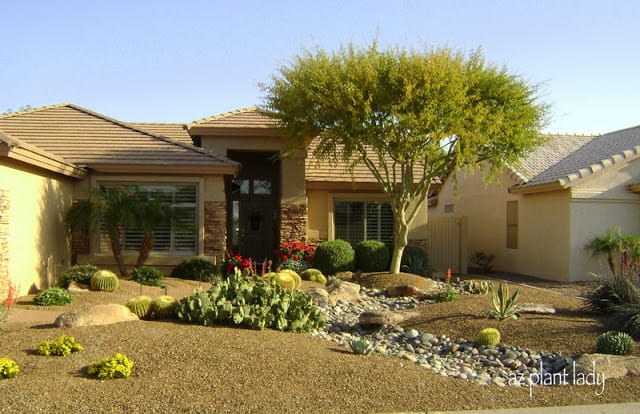
I do still create landscape designs from time to time. It works out perfectly for me because I can control how busy I am while ensuring that I have enough time for my family.
Do I regret my working as a landscape designer for a home builder?
No. I learned so much from that experience. It not only made sharpened my landscape designing skills, it helped me to learn me more about myself and what I really wanted.
So, one important thing I learned is that life is about the simple pleasures – like taking time to stop and take a roll in the grass…..

Thank you again for following my short-lived career as a landscape designer.
**********************************
I do plan on sharing stories of my early career as a horticulturist, working on golf courses.
Adventures with coyotes, snakes, destructive storms, monster grubs and being the only woman working in an all-male environment are just part of what is to come 🙂


